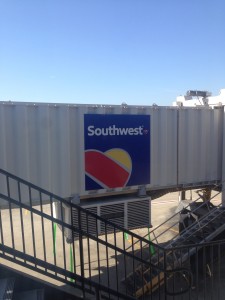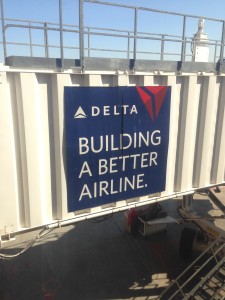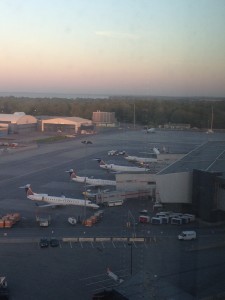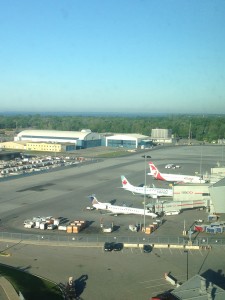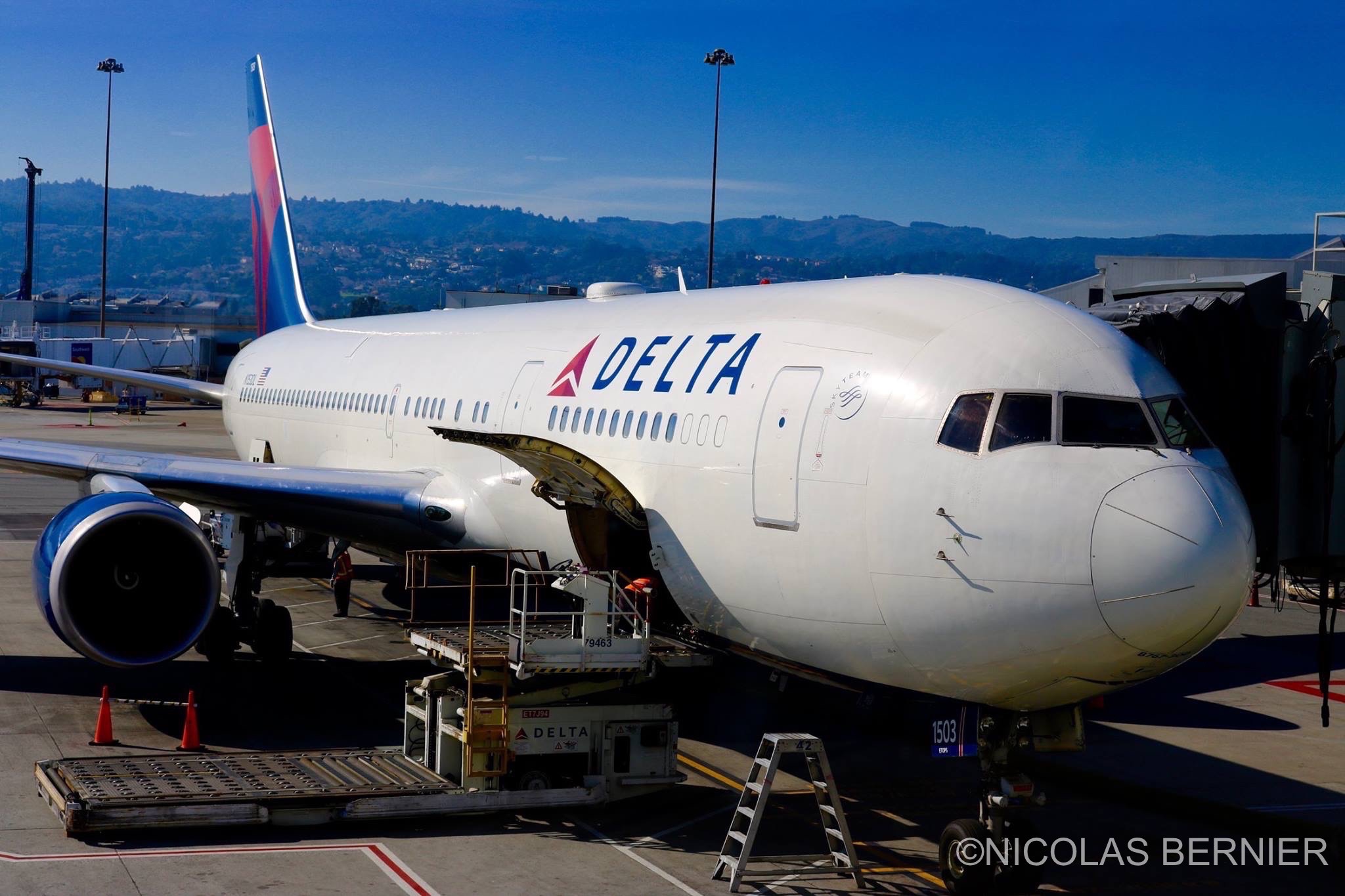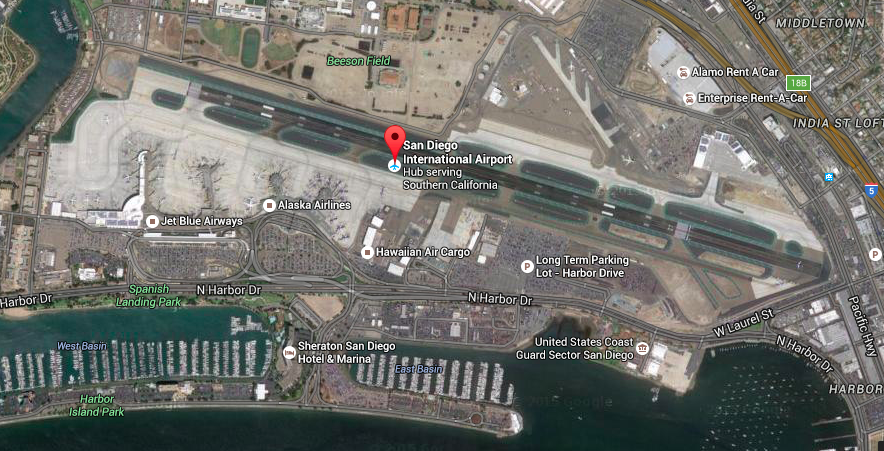Last Thursday in my Airline-Airport Operations class, we had an interesting debate in whether or not we should favor common-use gates over exclusive leased space gates. There are many advantages and drawbacks in both cases that I will explain briefly below.
Exclusive Leased Space
In an exclusive leased space agreement, an airline will have the right to use the gate and ticket counters space in exchange it has agreed to pay a rent on the area used. For an airline that has only one scheduled flight to that airport, it might not be a plus because it will have to pay for the gate while it only uses it maybe an hour per day.
Large airlines in the United States such has Delta Air Lines might prefer the exclusive leased space even though it is more expensive. They can operate their own gates and not bother about another competitor using their gate. Airlines can also show their brand at the ticket counters, gate area, and inside the jet bridge since they basically “own” the space.
Common Use Space
At a common-use airport, airlines do not have to pay rent on the space. The airport’s gate schedule coordinator will assign each gate to the airlines. It will collect a per-use fee from the air carriers using the space. Common use airports usually have TV monitors at check-in counters and at the boarding area instead of painted walls with the airline’s brand. They can change the image of an airline in a matter of a second.
Common-use airports can generate more revenue by negotiating contracts with companies who want to show their branding around the airport. The HSBC bank branding is present in various airports worldwide.
The picture above on the left was taken in the morning one day last summer when I worked as an intern at the Montreal Airport in Canada. The picture on the right was taken at the same place about an hour after the first one was taken. We can see that the airport operates with common-use space.
There were four United Express’ regional jets at the gates getting ready for their morning flights back to the airline’s hub. About an hour later on that same day, we can see that those planes are gone and replaced with new Air Canada jets.
For airline ground operations, airlines usually have to move their ground vehicles around the airport to the new assigned gate for the next flight. Airports often try assign the gates to the airlines next to each other so it makes it easier for airline operations.
That’s it for this week! In my next story, I will close the 2015-16 school year and share my summer plans.
Nicolas
Contact the author at berniern@my.erau.edu


